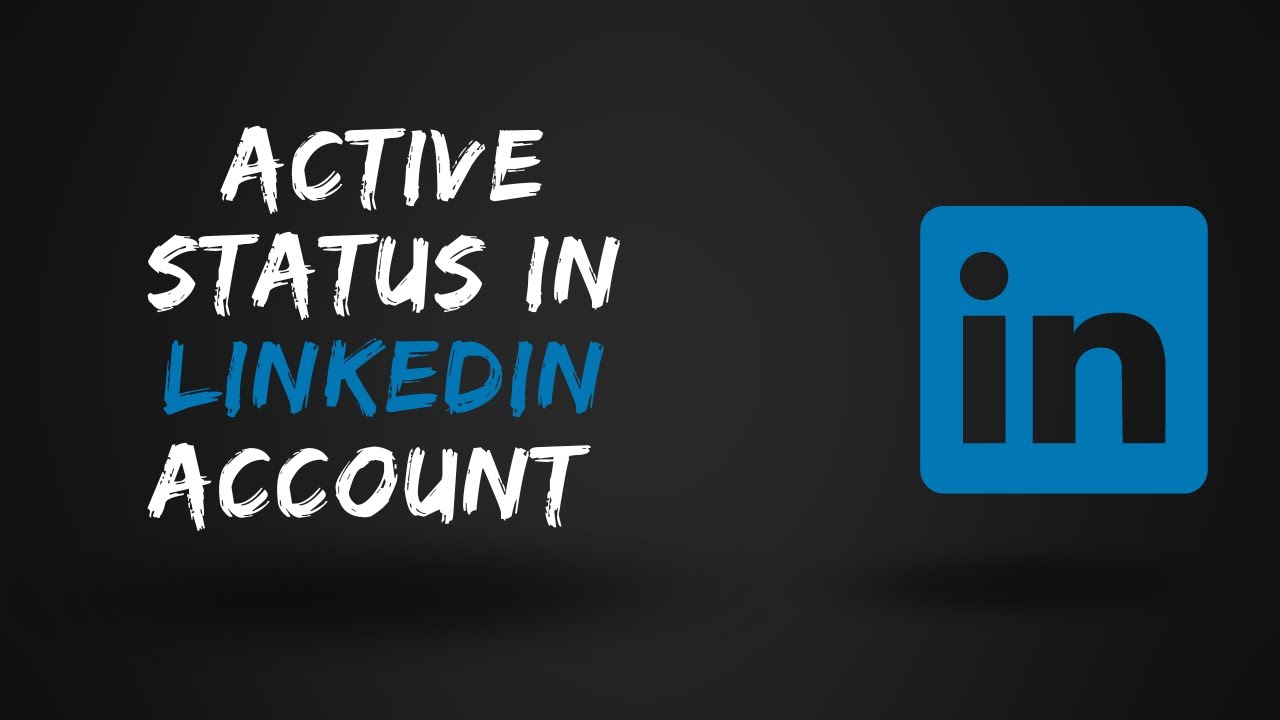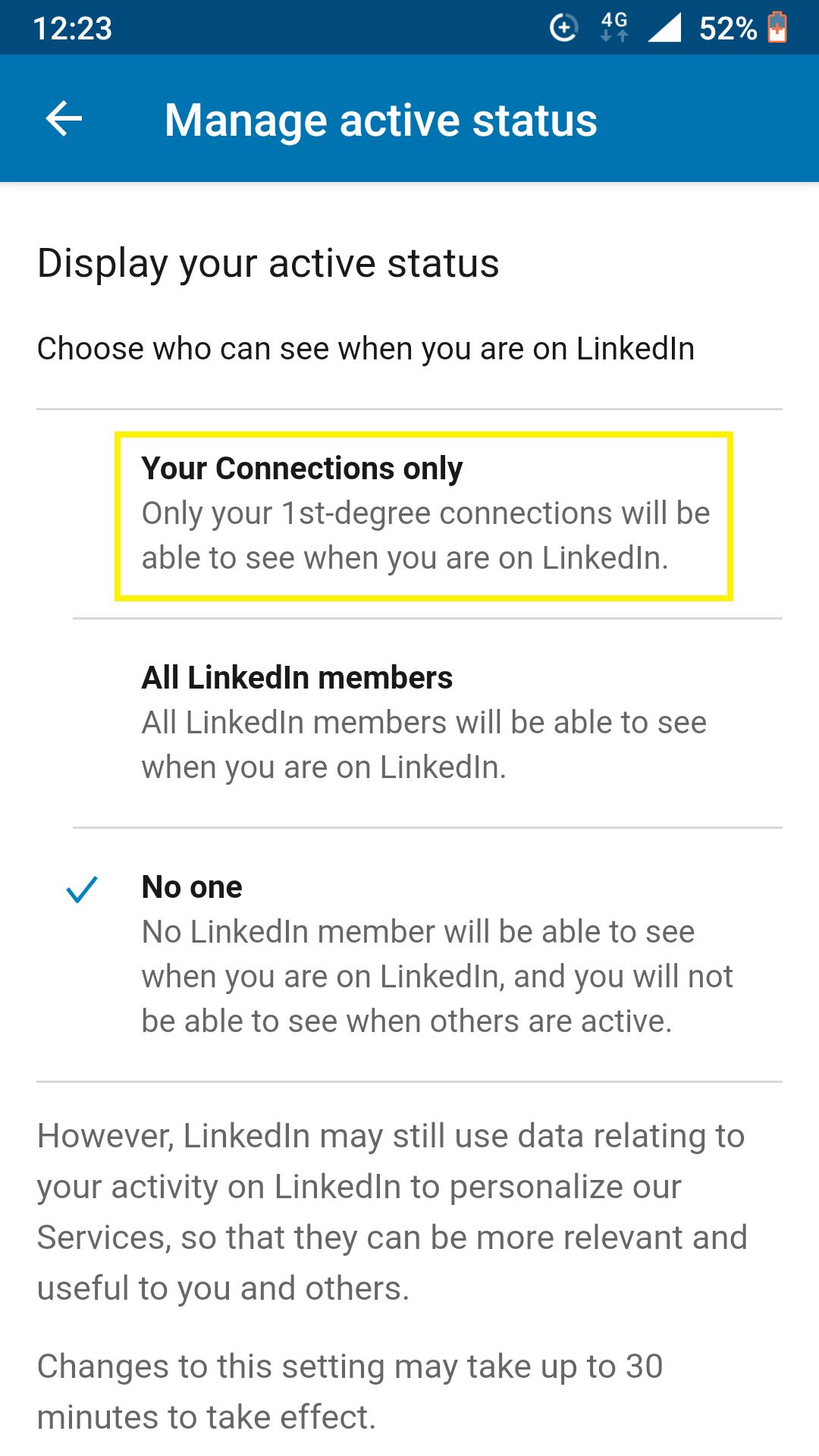Have you ever tried logging into LinkedIn only to be met with a spinning wheel of doom? It's frustrating, right? You're not alone! Sometimes, LinkedIn can experience outages or technical hiccups that can leave you wondering what's going on. This blog post will guide you on how to check
Common Causes of LinkedIn Outages

LinkedIn outages can be annoying, especially for professionals who rely on the platform for networking and job searches. Understanding the common causes of these outages can help you feel more in control and prepared when issues arise. Here are some of the frequent culprits behind LinkedIn service disruptions:
- Server Maintenance: Regular maintenance is essential for any platform, including LinkedIn. During scheduled updates or system upgrades, the site may be temporarily unavailable.
- Technical Glitches: Like all tech platforms, LinkedIn is not immune to bugs and glitches. These can range from minor annoyances to severe outages, usually fixed quickly by their technical team.
- High Traffic Volumes: Occasionally, if too many users try to log in at once—say, during a popular online event—LinkedIn might slow down or crash. This surge can overwhelm the servers.
- External Factors: Issues like ISP problems, regional outages, or even natural disasters can affect your ability to access LinkedIn. It’s worth checking if others in your area are experiencing the same issues.
- Security Updates: LinkedIn takes user security seriously. Sometimes, they might take the site offline temporarily to address vulnerabilities or to roll out new security features.
Recognizing these factors will not only help you understand when LinkedIn might be down but also why it's important to remain patient and informed. Keeping an eye on LinkedIn’s official status page and following their social media accounts can provide real-time updates and notifications regarding any service disruptions.
In short, while outages can disrupt your day, knowing the common causes can transform your approach and help maintain peace of mind. Remember, tech issues are usually resolved promptly by capable teams working hard behind the scenes!
Also Read This: How Many LinkedIn Invitations Can You Send Weekly?
3. How to Check LinkedIn Status

Checking if LinkedIn is down can be a straightforward process, and there are various methods to do so. Here’s a handy guide to help you quickly determine the status of the site:
1. Visit LinkedIn’s Official Status Page:
LinkedIn maintains an official status page that provides real-time insights into the platform's functionality. Simply head over to status.linkedin.com. Here, you'll find updates about any ongoing issues, scheduled maintenance, or outages. It's the most direct way to check the health of the platform.
2. Use Third-Party Websites:
There are several websites dedicated to tracking the uptime and downtime of various services, including LinkedIn. Some popular ones include:
- Downdetector - This site aggregates user-reported issues and provides a live outage map.
- Is It Down Right Now? - This tool checks LinkedIn's status and displays user comments and feedback on recent outages.
3. Check Social Media:
Social media platforms often light up with chatter during downtime. A quick search for “LinkedIn down” on Twitter or Facebook may reveal posts from other users who are experiencing similar issues. You can also check hashtags like #LinkedInDown to understand the situation better.
4. Ping LinkedIn’s Server:
For the tech-savvy among us, you can ping LinkedIn’s server to see if it’s responding. Open your Command Prompt (Windows) or Terminal (Mac) and type:
ping linkedin.com
If you get a response, that’s a good sign that the site is operational. If not, there might be a connectivity issue.
By employing these methods, you can quickly assess LinkedIn’s status and decide on your next steps. It’s always good to stay informed, especially if your job involves networking or building professional relationships!
Also Read This: How Do I Change My Email in LinkedIn: A Complete Guide to Updating Your Email Address
4. What to Do If LinkedIn is Down

So, you've confirmed that LinkedIn is down. Don’t panic! Here’s a guide on what to do during this frustrating downtime:
1. Stay Calm:
First and foremost, take a deep breath. It’s not uncommon for websites to experience outages. Keeping a level head is key to figuring out your next steps.
2. Take Advantage of the Downtime:
While you’re waiting for LinkedIn to get back up, consider using this time productively. Here are some alternative activities:
- Update Your Resume: Reflect on your recent accomplishments and update your resume or CV. This can help you in networking or job applications later.
- Enhance Your Profile: Prepare any updates or changes you want to make to your LinkedIn profile for when it’s back online.
- Network Offline: Reach out to contacts via email or phone for casual networking. This can strengthen your professional relationships.
3. Use Other Professional Platforms:
Explore other networking platforms such as Meetup for local events, or Xing if you’re in Europe. There are various ways to network without relying solely on LinkedIn.
4. Report the Issue:
If you're experiencing issues logging in or other specific problems, consider reporting them to LinkedIn support. This helps them prioritize and resolve issues faster.
Outages can be a hassle, but they also provide a unique opportunity to reassess your networking strategies and engagement tactics. Hang tight, and you'll be back in the LinkedIn loop in no time!
Also Read This: How to Create a Hyperlink in a LinkedIn Post for Easy Click-Through
5. Tips for Staying Updated on LinkedIn Status
Staying informed about LinkedIn's status is crucial, especially if you use it for networking, job searching, or professional development. Luckily, there are several effective ways to keep your finger on the pulse of LinkedIn's uptime. Here are some handy tips:
- Follow Official Channels: The first step is to follow LinkedIn on their official social media accounts, such as Twitter or Facebook. They often post updates about any current issues or scheduled maintenance that might affect the platform.
- Check Status Websites: Websites like Is It Down Right Now? or Down For Everyone Or Just Me? can be very useful. These sites track the current status of LinkedIn and many other services, giving you a quick overview of whether the platform is accessible.
- Use Monitoring Tools: Consider using website monitoring tools like Site24x7 or UptimeRobot. These tools can alert you in real-time if LinkedIn goes down, allowing you to stay focused without constantly checking the site yourself.
- Join Community Forums: Online forums and communities, such as Reddit or LinkedIn groups, can be excellent resources for real-time updates. You can interact with other users who may be experiencing the same issues, adding to the collective knowledge about LinkedIn's functionality.
- Set Up Google Alerts: You can set up Google Alerts for keywords like "LinkedIn down" or "LinkedIn outage." This way, you'll receive notifications directly to your email whenever news or blog posts pop up regarding LinkedIn's status.
By combining these methods, you can ensure that you’re always in the loop regarding LinkedIn’s operations. In today’s fast-paced digital landscape, being proactive about your connections can save you time and frustration.
6. Conclusion: Importance of Monitoring LinkedIn Status
As a social media platform tailored for professionals, LinkedIn plays a vital role in networking, job hunting, and skill development. Therefore, knowing when it’s down or experiencing issues is essential for maximizing your productivity. But why exactly is it so important to monitor LinkedIn status?
- Maximize Efficiency: If you’re in the middle of an important job search or trying to make new connections, knowing the platform's status ensures you don’t waste time troubleshooting issues that are out of your control.
- Avoid Miscommunication: If LinkedIn experiences outages, and you’re trying to reach out to someone for a critical discussion, it’s better to be informed. This way, you can decide whether to try alternate methods of communication or wait until the service is back up.
- Stay Proactive: By effectively monitoring LinkedIn status, you position yourself as proactive rather than reactive. Keeping informed helps you strategize better and adapt your communication and networking strategies accordingly.
- Reduce Frustration: Let’s face it, encountering technical issues can be extremely frustrating! Knowing beforehand that LinkedIn is down can help you avoid unnecessary frustration and redirect your focus to other productive activities.
In conclusion, whether you are actively seeking jobs or building your professional network, keeping an eye on LinkedIn's status is key. By utilizing the right tools and tips, you can navigate your professional journey with confidence, even during those unexpected outages.
 admin
admin








